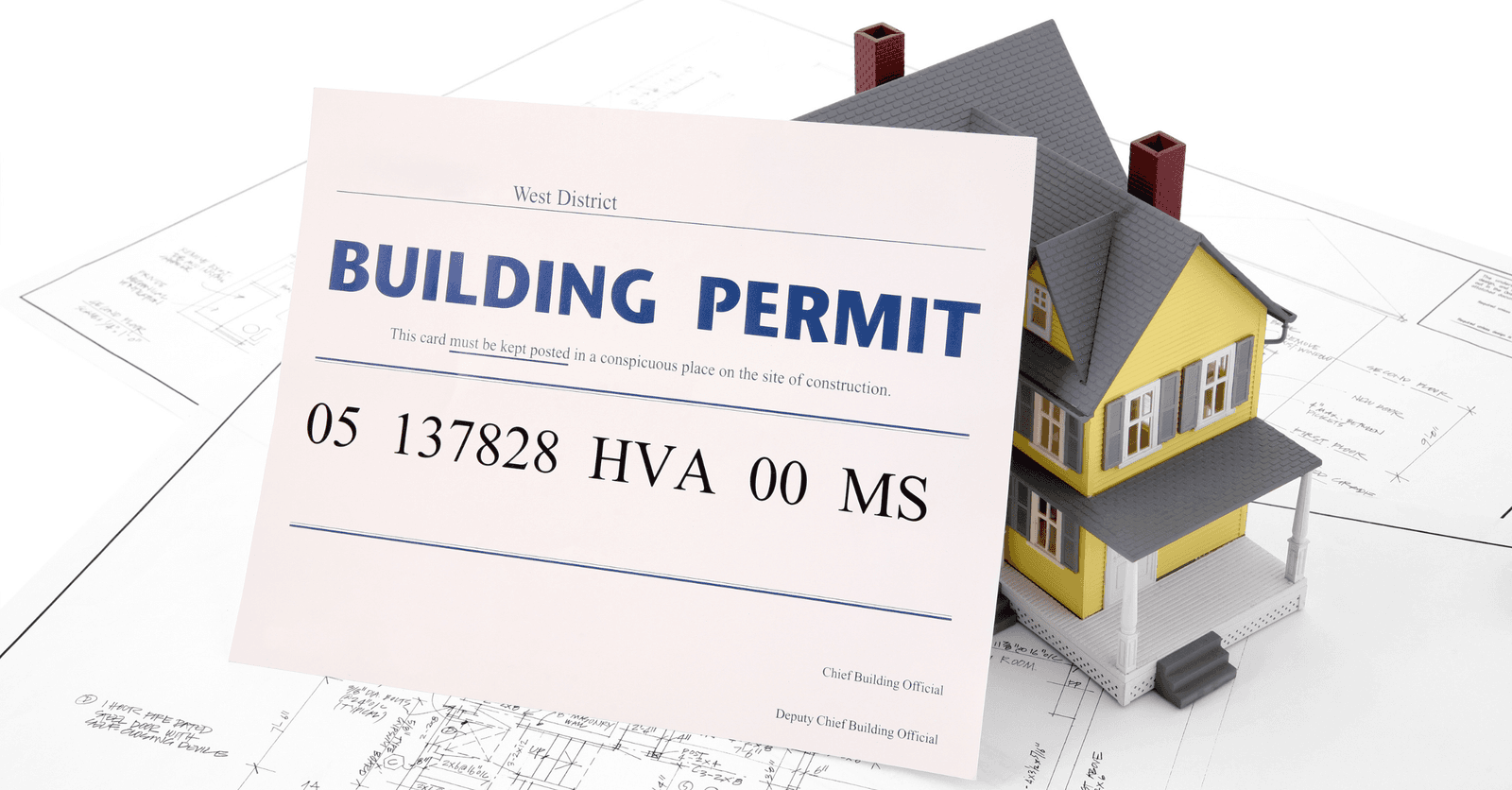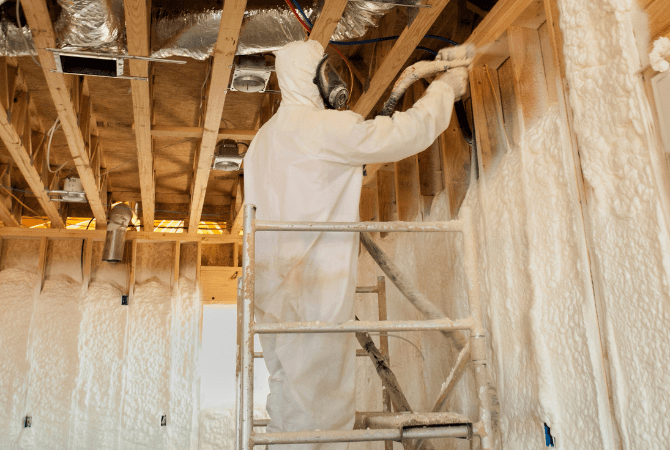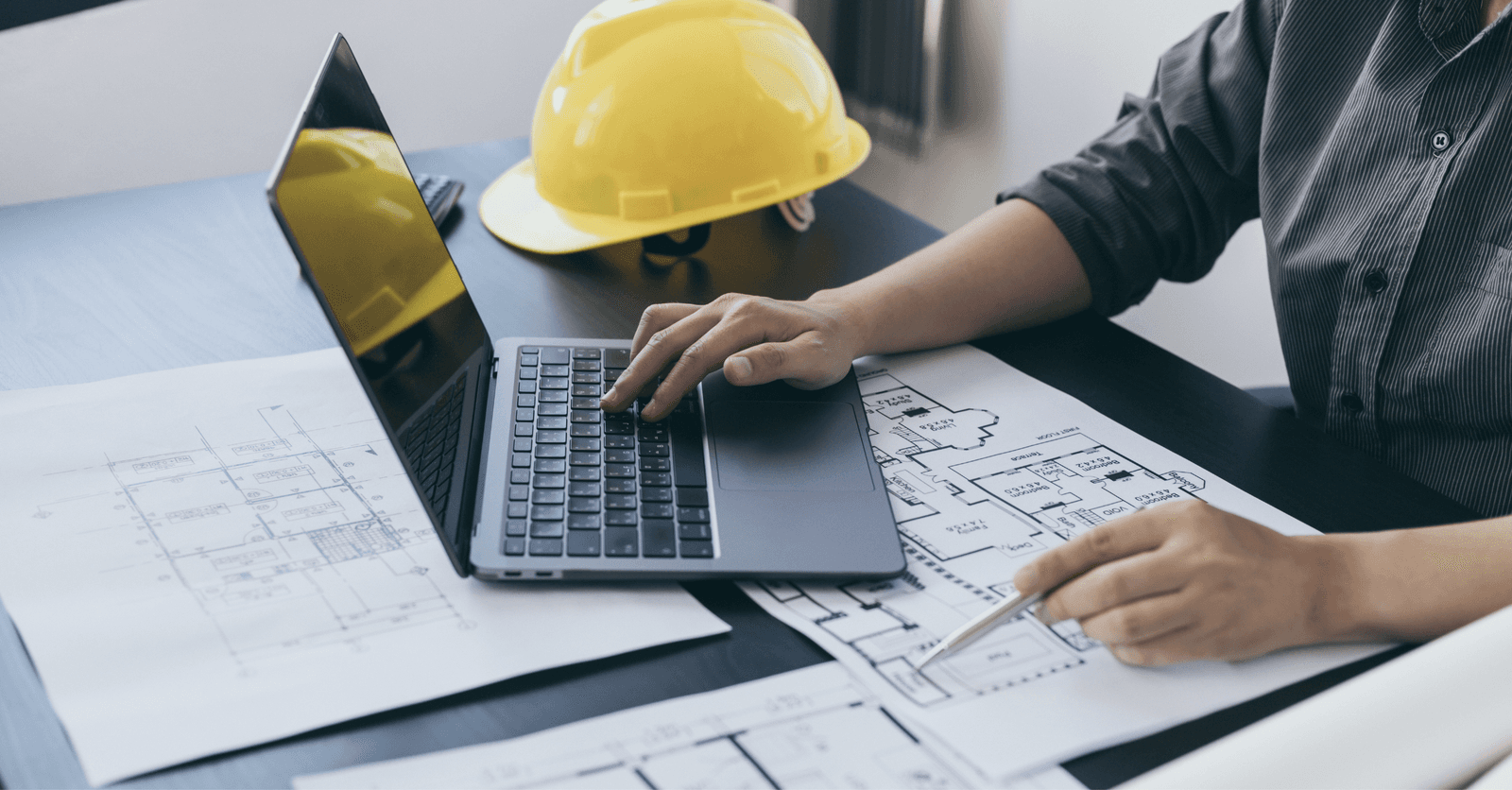
During wintertime, it’s only natural to feel a bit of a chill. But what happens if you’re already inside your home and can’t shake that frigid feeling? If your heating system is blowing cold air, or if one room feels oddly chilly, then you could have a problem! To have a constant flow of comfortable air, it is important to have your heating system checked roughly once a year for issues, making sure everything is in good working order.
If you do encounter complications, repairing your home heating system will depend directly on the type of system you have installed: whether that be forced air or a hydronic system. As these are the most common, we will go over the basics for furnaces as well as hydronic (hot water) systems. RenoQuotes.com is here to help you stay warm, offering instructions on how to fix your home heating system!
How to Fix Your Home Heating System
Forced air systems are heated with gas or oil-fired furnaces, while hydronic (water-based) systems are heated with either a gas or oil-fired boiler. For both systems, there is plenty of season maintenance to be done! Regardless of your system, you’ll need to start your checkup with the thermostat.
First things first, check your thermostat to see if it’s set on heat. This may seem obvious, but obvious is the best place to begin! Regardless of its setting, replace the batteries and set your thermostat 10 degrees warmer than you normally would. This will give you an idea of whether your thermostat is heating your home properly. If you hear your system turn on and continue to run, then it’s functioning! However, if the furnace turns off after a short time, approximately 3 minutes, then it is a symptom of short cycling.
What's short cycling?
Short cycling is a common problem with home heating systems. Short cycling refers to a system that has a mechanical issue, causing the cycle to terminate prematurely. For your home heating system, this could mean two things: the thermostat is not adjusted properly, which could also mean that it needs to be recalibrated.
The heat exchanger in the furnace is overheating, and a safety device is working by turning it off. Test the accuracy of your thermostat with another gauge. If they do not match, it’s possible that your thermostat is not correctly calibrated, and will need to be reset. If your home heating system has a reset button, now would be the time to go ahead and try it out! This should help to clear some of the minor mechanical issues that may cause the system to act irregularly.
If you are unable to find an issue with your thermostat, check the power to your unit, as a circuit breaker may be switched off. This should not happen often, and if this issue is occurring regularly, it is important to speak with a professional! Also, make sure to verify the master switches to both inside and outside units, checking to see that both are on and receiving electricity.
Keep an eye on your home heating system's flame

Source: Max Pixel, Nikon D90
If power sources are working, and your furnace or boiler burners are indeed igniting when the thermostat turns on, then head down to your basement or the place where your furnace or boiler is located. Check out those flames coming from your heating system. The flames should be shaped like a tight oval and give off a solid blue colour. If you notice tinges of yellow, or flickering, it is important that you call a professional to adjust the fuel mixture.
Do heating filters need to be changed?
Go to the air conditioner return vent and change your filter! Dirt that has built up in the filter can restrict airflow and cause problems, as well as impact the overall temperature of your home. A good rule of thumb is to change your air filter once a month. However, if you live in a home with pets or family members with asthma, make sure to check the filter more frequently.
Also, have ductwork checked and cleaned at least once a year. In forced air systems, look for open joints, dust buildup as well as mould and rust. Any open joints should be resealed, and this can be done using duct tape. Any damaged ducts should be repaired or replaced. Also, clean out its combustion chamber. If you go forward with this step, it is necessary to make certain that the electricity and gas are turned off beforehand!
Another important note is to make sure air vents around the home are not blocked. There should not be anything in front of them, including drapes and furniture. If anything is obstructing these vents, airflow can be restricted and this could greatly affect the temperature of your home.
In homes with an oil-fired furnace or boiler, make sure to turn off your gas supply before beginning work. Buy a replacement oil filter, sticking to the brand of the one that is already installed. The old filter can be unscrewed and the new one installed. The old filter is now hazardous waste, so make sure it is disposed of correctly as dependent on the municipality where you live. The oil nozzle is another important piece of the puzzle, as it atomizes fuel before it ignites. Nozzles have the tendency to get clogged due to impurities within the fuel, so it is worth considering replacing them now and then. If you are nervous about taking on the job, have the project completed by a licensed and trained professional.
Fixing a Hot Water System
At the heart of it all, hot water heating systems operate with a boiler rather than a furnace. Repairing a boiler is a more complex operation, as no two hot water systems are created in the same way. With that in mind, we recommend reaching out to a trusted professional if issues with your boiler go beyond temperature or pressure problems. However, there are some small maintenance tips we can offer if you’re feeling up for the job!
Check for standing water by verifying all the pipes and valves surrounding the boiler, and looking for leaks. Most leaks can be easily fixed by tightening fittings. However, if pipes need replacing, the boiler must be drained and flushed completely. It is recommended that you flush the system every 5 years.
Let the system run for an hour, and following, check the water temperature and pressure. You should be looking for a range between 180 and 200 degrees Fahrenheit, and pressure between 12 PSI and 25 PSI. For a two-story house, 18 PSI is standard. If you notice that it falls outside of these ranges, consult a professional. Lubricate the circulating pump regularly, as well as clean soot from the inside of the boiler's combustion chamber. Dust the surfaces of your radiators, as well as the baseboard heater, as any dust or dirt buildup will obstruct the proper airflow into areas of your home.
Still having issues with your home heating system? Well, that’s where we come in!
If you intend to have a new heating system installed, see our article Heating Systems: Prices in order to properly plan your investment.
Disclaimer: All tasks that touch on electricity are very risky and should be completed under the safest conditions. Additionally, in certain parts of Canada, only certified electricians are allowed to do this type of work. Please check before you do any electrical work yourself.
Get 3 quotes for your heating system renovation project
RenoQuotes.com can help you get quotes for your heating system renovation project. If you submit your project, we’ll put you in contact with 3 qualified professionals. Fill in the form on our homepage (it only takes a few minutes), and you will receive quotes from trusted roofing specialists.
Dial 1-844 828-1588 to speak with one of our customer service representatives.
Looking for something else?
Related articles
The latest industry news, interviews, technologies, and resources.

Amanda Harvey
•07 Nov 2023
Regardless if you’re a renovation novice or an expert, a contractor even, the world of building permit requests is tricky to navigate. Of course, if you’ve taken on a renovation project or two, then you’re most likely aware of everything that's of importance, like applying for permits in the first place. In 1976, Ontario established the Building Code Act, to regulate and increase renovation quality control while offering homeowners protection. Therefore, if you’re renovating a structure in the City of Ottawa, you have to determine whether or not a work permit is required.

Équipe éditoriale
•07 Nov 2023
If you’re living under a roof where privacy is a privilege, you might be thinking about how you can section off the rooms of your home to make them more intimate. Building a non-bearing interior wall can add an element of separation and independence to even the most open of spaces. This project requires basic carpentry skills, as well as tools to go along with them.

Editorial Team
•13 Sep 2024
Foam insulation is a valuable product, especially since it’s lightweight and easy to install. It’s also an effective way to insulate walls and floors in your home. However little known, polyurethane foam is an amazing product that can very likely be a solution to many a problem. Since it’s particularly adhesive and effectively insulates, every year, this product enables Canadians to shield their residences from the harsh winter cold.

Editorial Team
•22 Nov 2024
Is your staircase showing signs of wear and tear? Should you repair or completely replace it? What steps are essential to ensure a safe and stylish renovation? A deteriorating staircase is not only an eyesore but can also pose serious safety risks. Whether you’re looking to address structural damage or simply refresh the design, renovating your staircase is key to maintaining a safe and attractive home.

Editorial Team
•24 Mar 2025
Whether building a new home or taking on a large renovation project, the novice might have no idea where to begin. Most know that when taking on any home renovation, the potential for problems and things going awry is high; your expectations might not match the outcome.